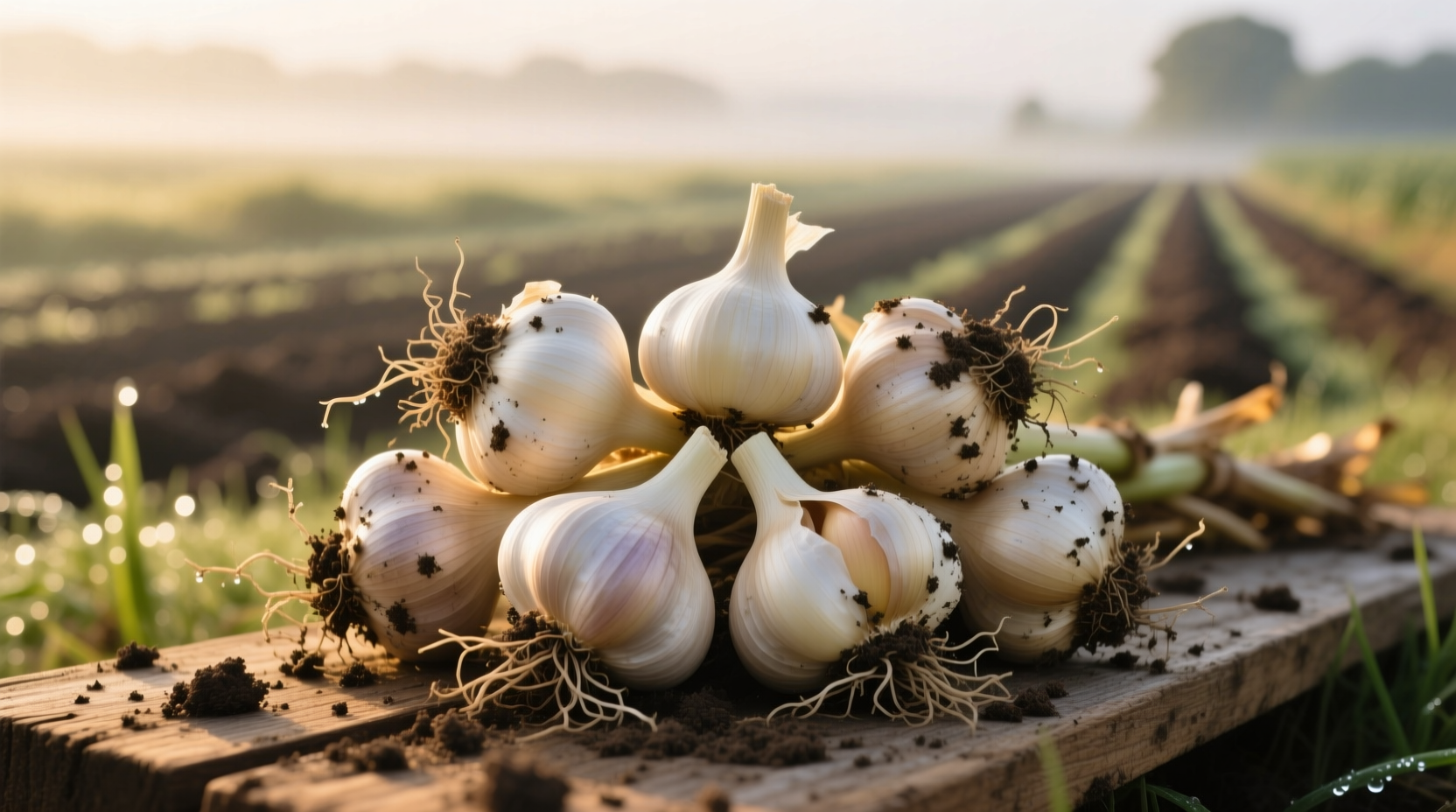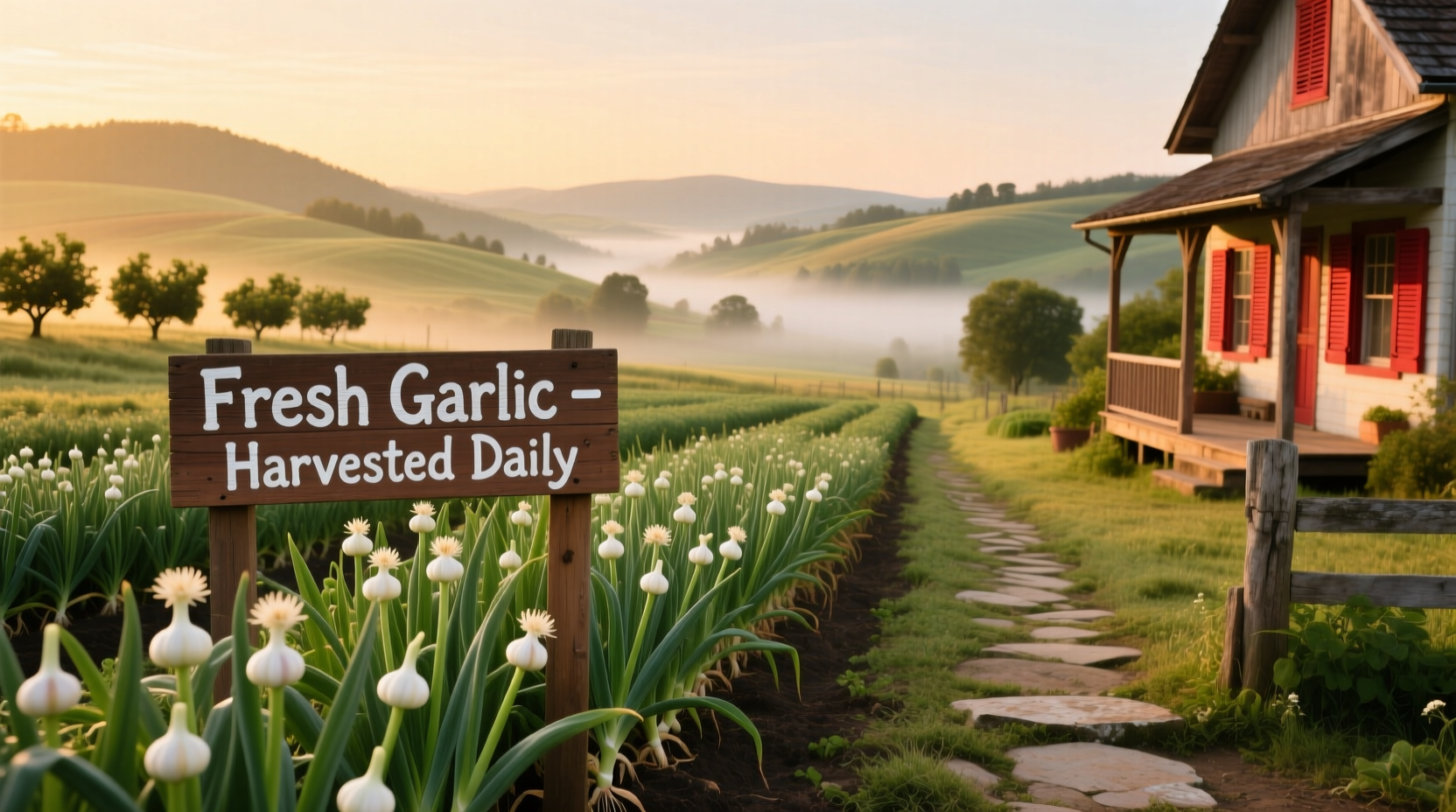When searching for a garlic farm near you, the most reliable approach is using Google Maps with the exact phrase 'garlic farm near me' and filtering results by 'open now' and recent positive reviews. Local farms typically operate seasonally from July to October during harvest, with many offering U-pick options, farm stands, or CSA programs for fresh, locally grown garlic.
Discovering a genuine garlic farm nearby isn't just about typing a quick search—it's about connecting with local agriculture at its freshest. Whether you're a home cook seeking superior flavor, a chef sourcing premium ingredients, or simply curious about where your food comes from, visiting a garlic farm offers a unique opportunity to experience food production firsthand. This guide walks you through the practical steps to find, evaluate, and visit authentic garlic farms in your area.
How to Find Authentic Garlic Farms Nearby
Many search results for 'garlic farm near me' lead to commercial grocery stores mislabeled as farms or third-party marketplaces. To locate actual working farms:
- Use Google Maps with precise filters: Search 'garlic farm', then select 'Open now' and sort by 'Highest rated'
- Check for recent visitor photos showing actual fields and harvesting activities
- Look for specific seasonal indicators like 'garlic festival', 'scapes available', or 'harvest season'
- Verify farm operation details through state agricultural extension websites
According to the USDA National Agricultural Statistics Service, over 60% of direct-to-consumer garlic sales occur through farmers markets and on-farm stands, making these the most reliable channels for finding authentic local sources.
What Makes a Farm Worth Visiting
Not all farms labeled as 'garlic farms' offer the same visitor experience. Consider these factors before making the trip:
| Feature | Working Farm | Commercial Stand|
|---|---|---|
| Location | Actual fields visible | Parking lot or storefront|
| Seasonality | Open limited seasonal hours | Year-round operation|
| Product Variety | Multiple garlic types | Limited commercial varieties |
| Farmer Interaction | Direct with growers | Staffed by employees |
Seasonal Timeline: When to Visit Garlic Farms
Garlic farming follows a precise annual cycle that determines when farms welcome visitors:
- April-May: Garlic scapes (flower stalks) season - many farms offer 'scape festivals' with cooking demos
- June-July: Bulb development phase - limited access as plants mature
- August-September: Peak harvest season - best time for U-pick and farm tours
- October-November: Planting season for next year's crop - some farms offer educational workshops
The Agricultural Marketing Resource Center notes that hardneck garlic varieties (most common at farms) have a narrow 2-3 week harvest window each year, making timing crucial for visitors.

Preparing for Your Farm Visit
Maximize your experience with these practical preparation steps:
Essential Verification Steps
Before visiting, confirm these critical details through the farm's official channels:
- Check if they require reservations for tours or U-pick
- Verify accepted payment methods (many small farms are cash-only)
- Confirm current availability of garlic products
- Look for safety certifications like Good Agricultural Practices (GAP)
What to Bring
Proper preparation ensures a smooth visit:
- Reusable containers for harvested garlic
- Comfortable shoes suitable for field walking
- Cash in small denominations
- Water bottle and sun protection
- Questions for the farmers about growing practices
Understanding Garlic Farm Operations
Most small-scale garlic farms operate under specific constraints that affect visitor access:
- Weather dependency: Harvest schedules change based on temperature and rainfall
- Labor limitations: Many farms are family-run with limited staff for visitors
- Seasonal focus: Farmers prioritize crop work over visitor接待 during critical growth periods
- Regional variations: Hardneck varieties dominate northern climates while softneck prefers southern regions
The Cornell University Cooperative Extension emphasizes that small garlic farms typically dedicate only 10-15% of their operational time to visitor activities, focusing primarily on cultivation.
Getting the Most From Your Visit
Transform your farm visit into a valuable learning experience:
- Ask about soil preparation techniques specific to garlic cultivation
- Inquire about pest management approaches (many use natural methods)
- Learn proper curing techniques for long-term storage
- Discover which varieties perform best in your local climate
- Request growing tips if you want to plant your own garlic
Remember that most small farms welcome curious visitors but operate on tight schedules. Arriving during posted hours, respecting field boundaries, and supporting their business with purchases creates positive experiences for everyone.
Storing and Using Farm-Fresh Garlic
Freshly harvested garlic differs significantly from grocery store bulbs:
- Allow freshly dug garlic to cure for 2-3 weeks in a dry, ventilated space
- Store cured bulbs in mesh bags at 60-65°F with 60-70% humidity
- Use scapes within 10 days or preserve by freezing
- Fresh garlic has higher moisture content—roast or sauté for best flavor development
- Save your largest cloves for planting your own future crop
The University of California Cooperative Extension recommends that home gardeners store garlic away from direct sunlight and avoid refrigeration, which can trigger premature sprouting.











 浙公网安备
33010002000092号
浙公网安备
33010002000092号 浙B2-20120091-4
浙B2-20120091-4